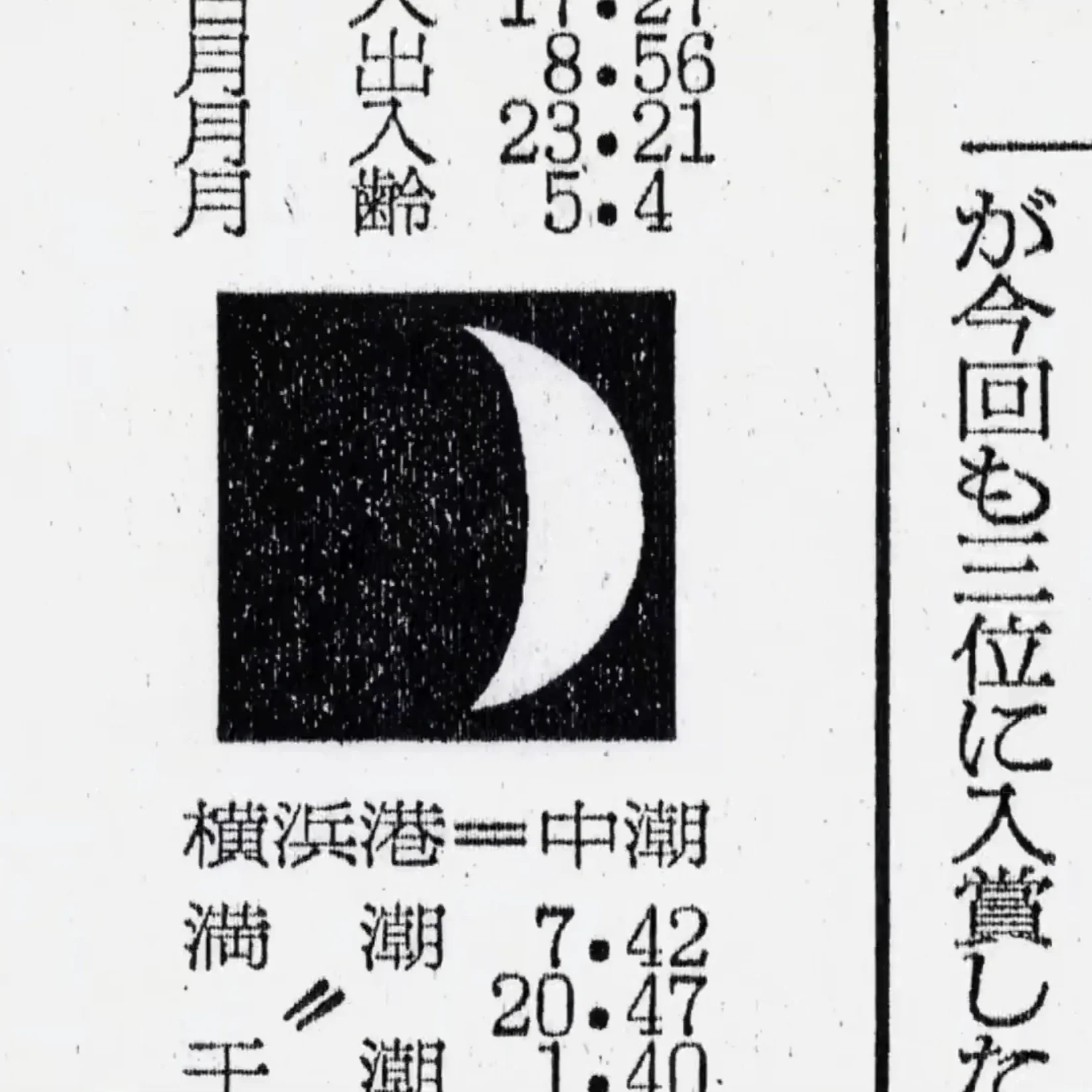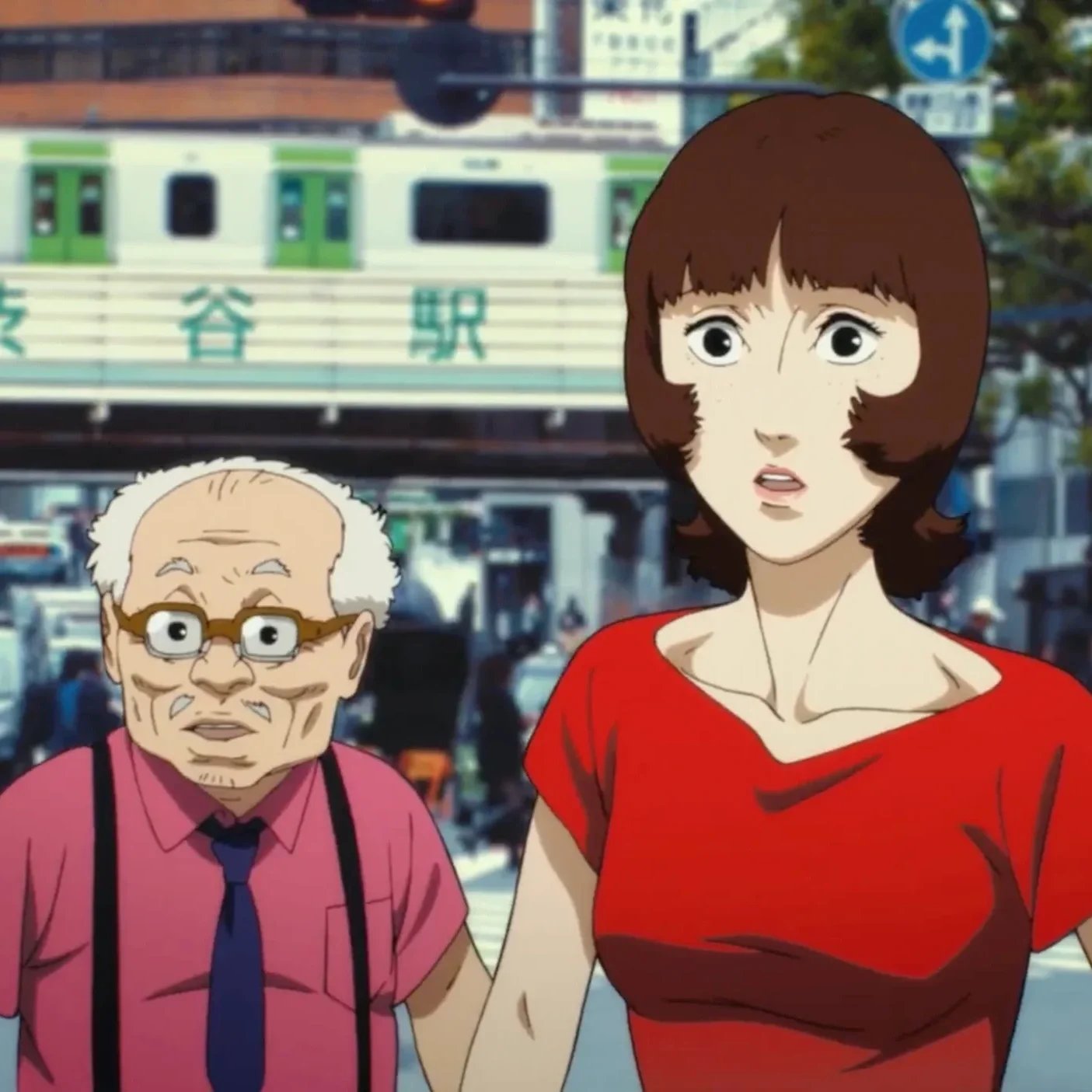Katsuhiro Otomo’s Memories - Three Fragments of Anime Mastery
Memories' final short story 'Cannon Fodder'│© Shochiku
Coming seven years after the release of his magnum opus Akira, Katsuhiro Otomo’s Memories stands as a transformative milestone, carving its own niche in the landscape of animation. With three wildly distinct yet thematically intertwined segments—Magnetic Rose, Stink Bomb, and Cannon Fodder—this collection weaves intricate tales that, though varied in tone and style, tap into the deepest currents of human emotion and societal reflection. Through these shorts, Otomo dissects the human condition.
This article is an exploration of the anthology’s individual segments, the profound themes they grapple with, and Memories’ indelible influence on the very fabric of modern animation.
Context and Creation
Before diving headfirst into the narratives themselves, it’s crucial to first appreciate the backdrop against which Memories was crafted. At the heart of this ambitious project is Studio 4°C, a relatively young yet audacious studio at the time founded by Eiko Tanaka and Koji Morimoto, determined to push the boundaries of what animation could achieve. With Memories, they sought not only to entertain but to challenge—and challenge they did.
The anthology features direction from a trifecta of visionary filmmakers: Koji Morimoto and the legendary Satoshi Kon helmed Magnetic Rose; Tensai Okamura took the reins for Stink Bomb; and finally, Otomo himself orchestrated the surreal and satirical Cannon Fodder. Each director infused their own stylistic flair, yet Otomo’s guiding hand, as both producer and adaptor of his original manga, ensured a cohesive thread throughout the anthology.
Studio 4°C, by choosing to adapt Otomo’s works, created a canvas where disparate stories could coexist, united by their thematic ambition. Though each short stands alone, together they form a mosaic that explores the fragility of humanity, the consequences of technological overreach, and the shadows cast by personal and collective memory. This is an exemplary case of storytelling with layers, textures, and a depth that invites repeated viewing.
Magnetic Rose
The first short story in the Memories anthology is Magnetic Rose. At the heart of Magnetic Rose lies a crew of space junk scavengers who, upon answering a mysterious SOS, stumble upon a derelict space station. This once-glorious structure, now shrouded in eerie silence, was home to the famed opera singer Eva. But what begins as a simple investigation spirals into something far more sinister as the crew finds themselves trapped in Eva’s fragmented memories, forced to confront the lingering echoes of her tragic life.
Magnetic Rose│© Shochiku
Magnetic Rose explores the fragile nature of memory—how it defines us, how it imprisons us, and how far one might go to protect an idealized version of the past. Eva’s character, mournful and tragic, is consumed by her memories, clutching at them so tightly that they become her undoing. Her refusal to release the past distorts her reality, trapping not only herself but anyone who dares to venture too close. The film serves as a sharp critique of this obsession with an artificial world, suggesting that real growth, real healing, can only come from facing the painful truths we try to bury.
The story’s emotional weight is underscored by Yoko Kanno’s masterful score, which blends the grandeur of opera with a cinematic intensity that digs deep into your soul. Classical pieces—especially the operatic flourishes—become part of the narrative itself. Each note amplifies the tragic beauty of Eva’s character and pulling us deeper into her world.
But it’s not just the narrative that grabs hold of you—it’s the visuals that leave you spellbound. Every frame of Magnetic Rose is meticulously crafted, with stunning animation that transports you to the cold, weightless expanses of space. Satoshi Kon’s artistic vision is on full display here, his attention to the tiniest details pulling you deeper into the world until you can practically feel the oppressive weight of forgotten memories lingering in the air.
Magnetic Rose│© Shochiku
As the short nears its climax, Heinz—the protagonist—stands at a crossroads. Should he embrace the comforting, seductive illusion, or peel back the layers of fantasy to face the cold, harsh truth? It’s a moment packed with tension, a gut-wrenching choice that speaks to the very core of human nature. Do we choose the easy lie, or do we bear the pain of authenticity?
Stink Bomb
Following the emotional depth of Magnetic Rose, Stink Bomb shifts gears drastically, plunging headfirst into dark, chaotic comedy. The story revolves around Nobuo Tanaka, an unassuming lab technician who, in an ill-fated turn of events, transforms into a walking bio-weapon after innocently popping a pill meant to treat his cold. What follows is a wild, satirical ride through bureaucratic madness, corporate indifference, and the ridiculousness of human behavior—presented with a biting sense of humor that is as unsettling as it is hilarious.
Stink Bomb│© Shochiku
At its core, Stink Bomb revels in absurdity. Nobuo, stumbling through the chaos he inadvertently triggers, personifies the classic salaryman archetype, highlighting the dangers of blind obedience and the absurdities of rigid conformity. Oblivious to the growing disaster around him, his journey through Yamanashi Prefecture, where the situation spirals out of control and military forces are drawn in, offers a scathing commentary on real-world bureaucratic inefficiencies. It’s a satirical jab at how institutions, despite their supposed authority, often respond to crises with panic, incompetence, and sheer irrationality.
The film draws a chilling parallel to the real-life case of Gloria Ramirez, a woman whose unusual medical condition led to the mysterious poisoning of hospital staff treating her. By grounding Stink Bomb in such a bizarre real-world event, the film amplifies its absurdity with an undercurrent of disturbing realism. Nobuo’s naïveté becomes both hilarious and horrifying, as his cluelessness turns the situation into a darkly comedic reflection on human error, leaving audiences laughing while uneasily considering the deeper implications.
Despite the comedic overtones, the film doesn’t shy away from tackling serious themes. Nobuo’s unwitting destruction, and the military’s increasingly futile attempts to contain it, becomes a stark metaphor for how negligence and ignorance—whether personal or institutional—can snowball into disaster. The final moments, where Nobuo, in his desperate attempt to hand over the antidote, accidentally unleashes even more toxic gas, serve as the perfect encapsulation of human folly. It’s a vicious cycle: well-meaning actions lead to catastrophic consequences, and the more we try to fix things, the worse they become.
Stink Bomb│© Shochiku
In Stink Bomb, absurdity and satire blend seamlessly to create a narrative that is as entertaining as it is thought-provoking. With Nobuo’s bumbling innocence at the heart of it all, the film becomes a sharp critique of both individual and institutional incompetence.
Cannon Fodder
Cannon Fodder closes the anthology with a haunting and incisive narrative that probes the chilling acceptance of violence within a militaristic society. Set in a world where the mundane intertwines with the martial, the story follows a family entrenched in a daily existence overshadowed by war and its omnipresent preparations.
Otomo crafts a narrative that sidesteps traditional character arcs, opting instead for a tableau of a civilization ensnared by perpetual conflict. The family’s routine—loading cannons, manufacturing shells, and the child’s naive aspiration to fire a cannon—conjures a stark portrait of indoctrination, revealing how violence seeps into the fabric of daily life. Cannon Fodder’s war has grown into an institution, an unyielding reality woven into society.
Cannon Fodder│© Shochiku
The absence of a tangible enemy, or a clear battlefront, amplifies the absurdity of their lives. Citizens are trapped in an endless loop of preparation, their identities fused with the machinery of war, a reflection of the cyclical nature of violence that haunts their collective psyche. The film’s oppressive atmosphere, punctuated by a steampunk aesthetic—where intricate machinery collides with a muted color palette—highlights the grimness of their reality.
One of the most striking elements of Cannon Fodder is its innovative continuous-shot technique, a stylistic choice that immerses viewers directly into the relentless rhythm of the characters’ lives. This unbroken flow creates a sense of ceaseless motion, mirroring the inescapable grasp of their grim reality. Otomo’s seamless transitions between scenes showcase his deftness in animation and storytelling, pulling the audience into an unsettlingly visceral experience.
As the film draws to a close, the haunting image of the child sleeping soundly amidst the cacophony of blaring sirens leaves an indelible mark. This moving conclusion suggests a chilling acceptance of violence and a tragic erosion of innocence, underscoring the stark reality that such a life, marred by conflict, has become not only common but tragically normalized.
Cannon Fodder│© Shochiku
The Impact of Memories
In the anthology Memories, each short surges with its own narrative and artistic flair, yet they converge to delve into themes that resonate deeply—memory, identity, human folly, and the far-reaching societal repercussions of war. Instead of weaving a singular narrative thread, the collection offers an holistic view of the human experience.
The influence of Katsuhiro Otomo, both as a master storyteller and a visual artist, courses through the veins of this anthology. Each director—be it the visionary Satoshi Kon or the inventive Tensai Okamura—infuses their unique style while remaining tethered to the overarching themes that Otomo initially crafted in his original manga.
Memories stands as a crucial work within Otomo’s body of art, but it also plays a crucial role in the broader tapestry of anime history. Released at a moment when anime was beginning to capture international attention, this anthology illuminated the artistic possibilities inherent in the medium.
The exploration of memory and identity resonates particularly strongly within the context of Japan’s post-war identity crisis and the relentless march of technological advancement. The films reflect a society grappling with its tumultuous past while peering anxiously into an uncertain future—a theme that remains hauntingly relevant in today’s discussions.
Katsuhiro Otomo’s Memories is a landmark in the realm of anime, lauded for its artistic innovation and thematic richness. Each short film stands as a testament to the immense potential of animation as a serious narrative form, capable of probing the complexities of human emotion and societal critique.
As you traverse the haunting corridors of Magnetic Rose, revel in the darkly comedic twists of Stink Bomb, and confront the stark realities of Cannon Fodder, they are beckoned to reflect on their own lives and the intricacies of the world around them. Memories echoes through time, solidifying its status as a timeless classic in animated storytelling.














Uncover the top cyberpunk anime where humanity and technology collide.